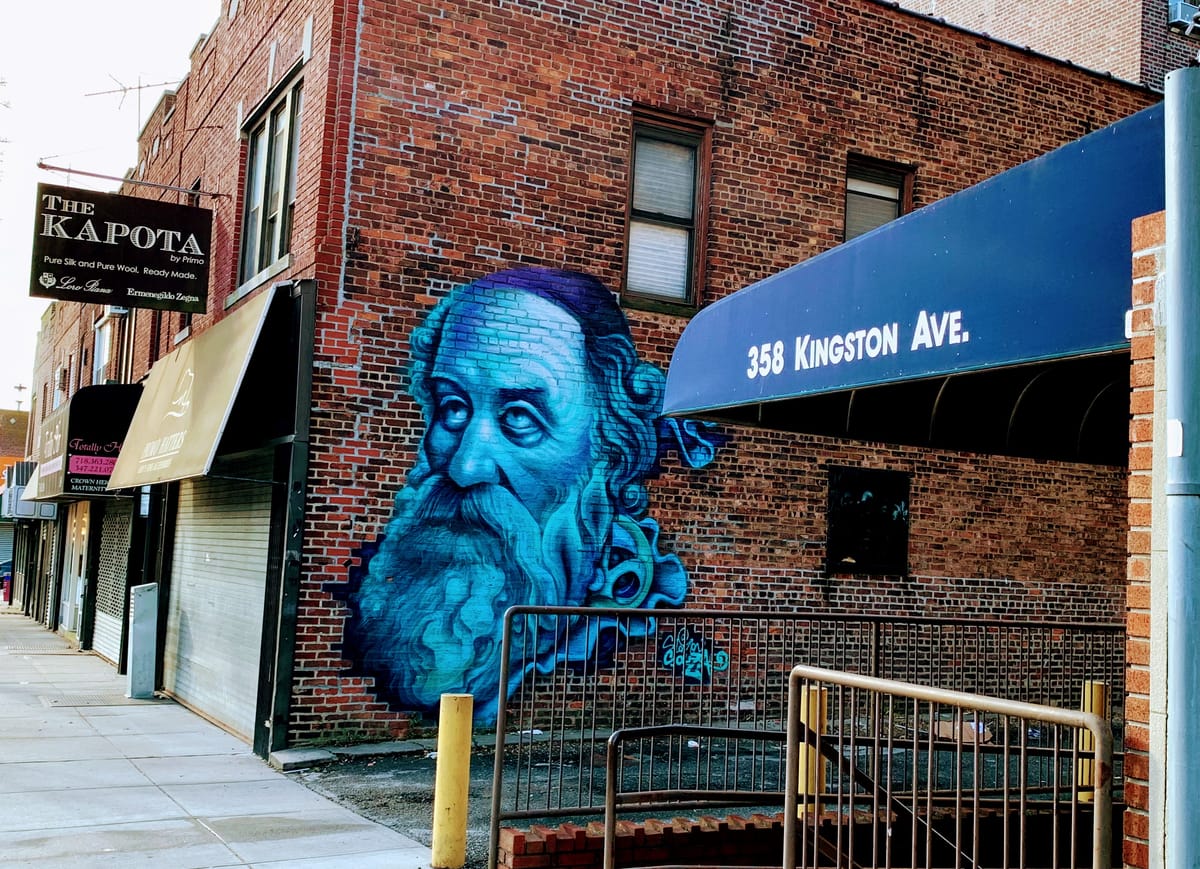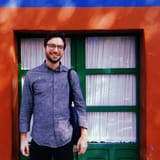30 Years After Crown Heights Riots
“I think there are some instances of antisemitism on the streets. Especially now with gentrification. But I think on a leadership level, things are very good,” Behrman said.

It was around 8:20 pm on August 19th, 1991 when Yosef Lifsh, attempting to catch up to a motorcade carrying Chabad Lubavitch leader Rabbi Menachem Schneerson, drove his station wagon through the intersection of President Street and Utica Avenue in Crown Heights, struck another vehicle and swerved onto the sidewalk, killing seven-year-old Gavin Cato, the son of Guyanese immigrants.
Tensions between the Black and Jewish communities in the neighborhood were already high. Cato’s death, and conflicting accounts of whether a volunteer Hatzolah ambulance crew that arrived at the scene could have done more to help him and his sister, who was also struck by the vehicle, unleashed a three-day torrent of anger, protests and violence in Crown Heights.
Protestors flooded the streets, at times led by prominent activists like Al Sharpton and Sonny Carson. Reports of looting and violence were widespread. Early on the morning of August 20th, a group of young men surrounded 29-year-old Yankel Rosenbaum, an Australian Jewish student in New York to conduct research for his doctorate, fatally stabbing him several times and fracturing his skull.
By the time the riots were brought under control, 52 police officers and 38 civilians had been injured, and 129 people had been arrested. Then-mayor David Dinkins, the city’s first African American leader, was widely criticized for his response to the violence, which contributed to his defeat by Republican Rudy Giuliani in the subsequent mayoral election.
Thirty years later, relationships between the two communities have vastly improved. Community groups organize festivals and basketball games. Brooklyn Borough President Eric Adams, who is seeking to become the city’s second Black mayor, received prominent endorsements from Crown Heights Jewish leaders in his successful bid for the Democratic primary nomination.
“I think for the most part, on the leadership level, relationships are great,” said Yaacov Behrman, who handles public relations for the Chabad headquarters, which is located on Eastern Parkway. “I think there are some instances of antisemitism on the streets. Especially now with gentrification. But I think on a leadership level, things are very good.”
Still, lingering frustrations remain about the way the riots are remembered and described, and how they should be understood.
Behrman helped organize a memorial service Wednesday night at the intersection of President Street and Brooklyn Avenue where Rosenbaum was killed. At the event, which was attended by Council Member Mathieu Eugene and Republican mayoral candidate Curtis Sliwa, Rosenbaum’s nephew criticized what he called an “intellectually dishonest” depiction of events.
“Over the years many have suggested that somehow, underlying racial tensions between the African-American and Jewish communities of Crown Heights erupted into an antisemitic violence that is known as the Crown Heights riots, and that these events ultimately led to our uncle’s murder,” the nephew, Yoni Rosenbaum, said.
“The truth is that antisemites committed to perpetrating their racist violence on Jews used the accidental death of Gavin Cato to justify their physical attacks on Jews and the murder of Yankel.”
He said Dinkins and then-police commissioner Lee Brown “ignored and excused the violence.”
Other Jewish community leaders have voiced similar complaints.
“National narratives 'both sided' the issue - turning a deliberate targeting of visible Jews, led by outside instigators (who have never apologized, yet remain firmly ensconced with national platforms) - into sparring groups seemingly, equally, to blame,” wrote chabadnik Mordechai Lightstone in a series of tweets reflecting on the riots.
But other locals said the pre-existing social dynamics in Crown Heights played an important role in what happened in 1991.
“Lubavitchers, for better or worse, were viewed as privileged community members with deep pockets, strong political ties, and lots of protectsia from the police at that time,” Akedah Fulcher-Eze, a Black Orthodox Jew who lived in Crown Heights during the riots, told The Jewish Daily Forward in an interview this week. “Are these classic antisemitic tropes? Yes. But that doesn’t mean there wasn’t a kernel of truth to them or that people didn’t believe them.”
And she was skeptical of the use of the word “pogrom” to describe the events of 1991 without acknowledging Cato’s death.
“Though the driver did not intend to kill Gavin, a child lost his life and another was permanently injured,” Fulcher-Eze told The Forward. “Those children were hurt long before anyone threw a rock or smashed a window. We need to own that.”
A Brooklyn grand jury ultimately decided not to bring criminal charges against Lifsh, the driver of the vehicle, for his role in Cato’s death.
One of those involved in Rosenbaum’s death, Lemrick Nelson Jr. was eventually convicted in federal court of violating Rosenbaum's civil rights and served a 10-year sentence, despite being acquitted of murder charges at an earlier trial in 1992. Nelson was 16 years old at the time of the riots.
More recently, the narrative of Crown Heights is defined less by tensions between Black and Jewish communities than by fears of gentrification and rising home costs, as well as the lingering effects of the coronavirus pandemic. Finding long-term solutions to those challenges may require community members that once saw each other as enemies to work closer together than ever before.
“I believe in coming together in common cause,” Behrman told Bklyner. “Only together will we succeed. Whether it’s crime, sanitation, quality of life. We're one community, Jewish, Caucasian, Black. We all want the same things in life.”





